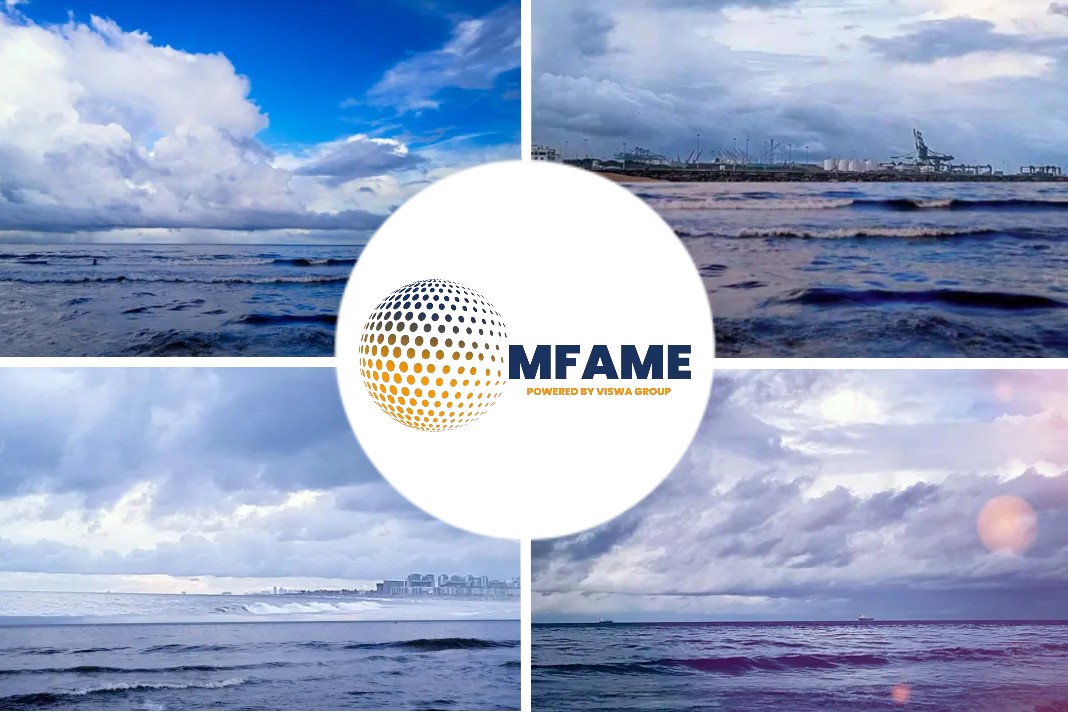
A recent news article published in the Riviera states that Retrofits could double the size of the LPG dual-fuel-powered gas fleet.
Very large ethane carrier (VLEC)
LPG dual-fuelled propulsion has been selected for 143 gas carrier newbuilds, while potential retrofits of existing vessels are estimated at more than 150.
Four 99,000-m3 dual-fuel very large ethane carrier (VLEC) newbuilds ordered by Shangdong Marine Group (SMG) will go on long-term charter to Switzerland-based INEOS. The charters for these VLECs, which will be constructed at Jiangnan Shipyard, were signed with Pacific Gas, a subsidiary of SMG, and marked in a ceremony on 3 November. Among the largest of their kind, these Chinese-flag VLECs will have BrillancE Type-B cargo containment technology, developed by Jiangnan Shipyard. Each ship will have an overall length of 230 m, beam of 36.6 m and depth of 22.5 m, with deliveries set between June 2025 and June 2026.
This latest deal will bring INEOS’ ethane fleet to 16 vessels, with eight VLECs and eight Dragon-class ethane carriers. With these contracts, INEOS has a total of six VLECs under time charter with Pacific Gas.
Earlier this year, the two companies launched Pacific INEOS Belstaff and Pacific INEOS Grenadier, two of the world’s first 99,000 m3 VLECs. These VLECs are mostly employed carrying ethane from the US to China and Europe, but are also capable of carrying LPG and ethylene.
Overall, shipyards have signed orders to construct 36 newbuilds for LPG/ethane/ethylene/ammonia carriers in 2022 as of week 48, with a total orderbook of 161 vessels, according to BRL Weekly Newbuilding Contracts.
Eastern Pacific Shipping (EPS)
This includes an order placed by Eastern Pacific Shipping (EPS) for two 88,000-m3 LPG carriers from Samsung Heavy Industries (SHI) at US$94.2M apiece. These two VLGCs will have LPG dual-fuel propulsion — an increasingly common feature on these types of vessels — with delivery in H2 2025.
In the midsize carrier segment, Exmar LPG firmed an order at Hyundai Mipo Dockyard (HMD) for two LPG dual-fuel 46,000-m3 LPG carriers. These will be delivered in Q4 2024 and Q1 2025, respectively.
A joint venture between Exmar and Seapeak, Exmar LPG holds an option for two more 46,000-m3 vessels with ammonia dual-fuel propulsion.
Retrofits of LPG dual-fuel propulsion
LPG as a marine fuel thus far has been confined to the gas carrier sector. There are 143 newbuild gas carriers on order that will have LPG dual-fuel propulsion, representing slightly over 2% of the global orderbook by number of ships, according to DNV Alternative Fuels Insight.
All of these newbuilds can trace their roots back to September 2018, when MAN Energy Solutions officially launched its two-stroke, electronically controlled, Diesel-cycle, LPG dual-fuel ME-LGIP engine to the trade press at its Copenhagen research centre. Since then, MAN Energy Solutions has not looked back. It supplied MAN B&W 6G60ME-LGIP Mk9.5 engines for the world’s first two LPG dual-fuel-powered newbuild VLGCs, ordered by Exmar for long-term charter to Equinor. The first of those, the 88,000-m3 Flanders Innovation, built to Lloyd’s Register class, was delivered by Jiangnan in 2021.
Retrofits of existing gas carriers could potentially double the size of the LPG dual-fuel fleet to 300. This year, BW LPG completed the US$130M retrofit of 15 VLGCs to LPG dual-fuel propulsion. In each case, this involved retrofitting the ship’s MAN B&W 6G60ME-C9.2 type engine to a MAN B&W 6G60ME-C9.5-LGIP dual-fuel type, capable of operating on fuel oil and LPG. Conversion work also involved the installation of two 900 m3 deck fuel tanks. Wärtsilä Gas Solutions supplied the fuel gas supply systems for all 15 vessels. The newly converted VLGCs carry the DNV notation GF LPG.
Using LPG as a fuel, BW LPG reported CO2 emission reductions of 17% as compared with marine gasoil on a well-to-wake basis, while SOx emissions were lowered by 97%, PM by 90% and NOx by 20%. Additionally, since LPG is methane free, methane slip from combustion is a non-factor.
Fuel consumption improved, too, with vessel output efficiencies rising by around 10% against fuel oil, which in turn generated notable gains in total voyage fuel economics.
The retrofits of BW LPG’s fleet were performed under the supervision of MAN Energy Solutions’ after-sales division, PrimeServ.
Chinese gas carrier operator Tianjin Southwest Maritime has signed a contract with PrimeServ to retrofit two LPG carriers, Gas Gemini and Gas Aquarius. These vessels will be converted at the COSCO Shipping Heavy Industry (Guangdong) yard. Their MAN B&W 6G60ME-C engines will be retrofitted in parallel to dual-fuel MAN B&W 6G60ME-LGIP units capable of running on LPG, beginning 30 May 2023.
PrimeServ will jointly carry out the work with CSSC Marine Service Co Ltd (CMS), the after-sales subsidiary of CSSC Marine Power Group.
MAN Energy Solutions
“The emerging engine-retrofit market will be a new area for MAN Energy Solutions to strengthen the existing close co-operation between us,” said CSSC Marine Power Group vice president Tao Guohua.
PrimeServ believes dual-fuel retrofits represent a significant option for owners to decarbonise their fleet and maintain their asset’s value for longer.
PrimeServ senior vice president Per Rud said: “We treat every project on a case-by-case basis, but this particular instance is notable in that it represents the first time we are collaborating on a retrofit project with a licensee’s own after-sales division.”
MAN believes VLGCs, with their ability to operate off their own cargo, makes for a very positive business case.
Tianjin Southwest has ordered six vessels powered by ME-LGIP main engines and MAN PrimeServ believes LPG is “well on its way to becoming the standard in this segment.”
PrimeServ head of projects and PVU sales, Klaus Rasmussen, said: “Currently, we estimate there are 154 VLGCs with single-fuel engine technology that could benefit from conversion to LPG-running.”
Did you subscribe to our newsletter?
It’s free! Click here to subscribe!
Source: Yahoo Finance


















